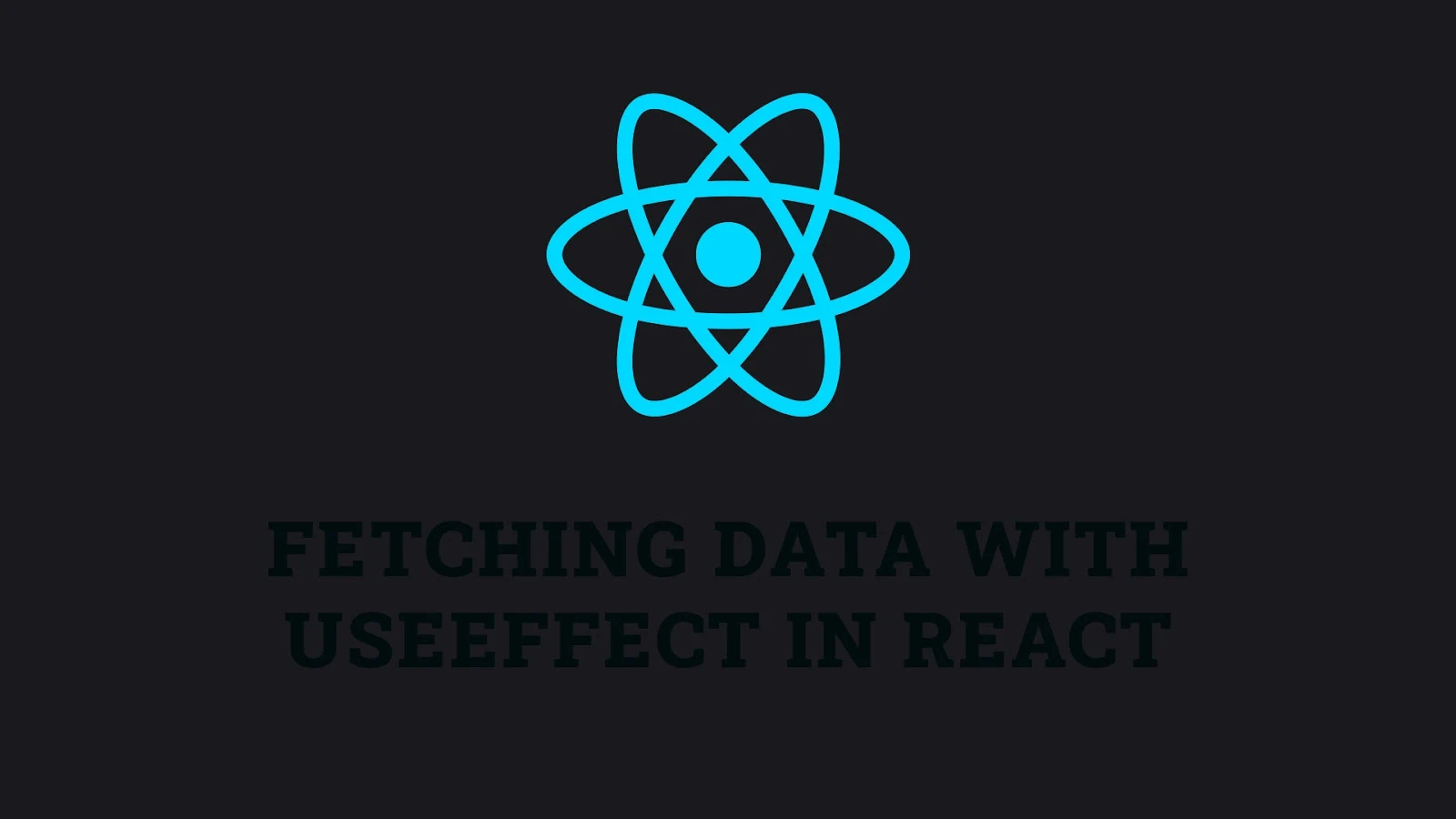Introduction
Fetching data is a common task in web development, and the useEffect hook provides an effective way to handle data fetching in React function components. By using useEffect, you can manage asynchronous operations, update state with the fetched data, and handle loading and error states. This article will explore how to fetch data with the useEffect hook in React, providing practical examples and best practices.
Basic Data Fetching with useEffect
To fetch data using the useEffect hook, you can make an asynchronous request inside the effect and update the component state with the fetched data.
Example of Basic Data Fetching
/* File: App.js */
import React, { useState, useEffect } from 'react';
const App = () => {
const [data, setData] = useState([]);
const [loading, setLoading] = useState(true);
const [error, setError] = useState(null);
useEffect(() => {
const fetchData = async () => {
try {
const response = await fetch('https://api.example.com/data');
const result = await response.json();
setData(result);
setLoading(false);
} catch (error) {
setError(error);
setLoading(false);
}
};
fetchData();
}, []);
return (
<div>
{loading && <p>Loading...</p>}
{error && <p>Error: {error.message}</p>}
<ul>
{data.map(item => (
<li key={item.id}>{item.name}</li>
))}
</ul>
</div>
);
}
export default App;In this example, the useEffect hook fetches data from an API endpoint when the component mounts. It updates the state with the fetched data and handles loading and error states.
Handling Data Fetching with Dependencies
Sometimes, you may need to refetch data when certain dependencies change. You can pass dependencies to the useEffect hook to specify when the effect should re-run.
Example of Data Fetching with Dependencies
/* File: App.js */
import React, { useState, useEffect } from 'react';
const App = () => {
const [query, setQuery] = useState('react');
const [data, setData] = useState([]);
const [loading, setLoading] = useState(true);
const [error, setError] = useState(null);
useEffect(() => {
const fetchData = async () => {
try {
const response = await fetch(`https://api.example.com/search?q=${query}`);
const result = await response.json();
setData(result);
setLoading(false);
} catch (error) {
setError(error);
setLoading(false);
}
};
fetchData();
}, [query]);
return (
<div>
<input
type="text"
value={query}
onChange=((e) => setQuery(e.target.value))
placeholder="Search..."
/>
{loading && <p>Loading...</p>}
{error && <p>Error: {error.message}</p>}
<ul>
{data.map(item => (
<li key={item.id}>{item.name}</li>
))}
</ul>
</div>
);
}
export default App;In this example, the useEffect hook fetches data whenever the query state changes. The dependencies array ensures the effect re-runs only when the query value updates.
Best Practices for Fetching Data with useEffect
- Handle Loading and Error States: Always manage loading and error states to provide a better user experience.
- Optimize Network Requests: Use proper caching strategies and debounce input changes to optimize network requests.
- Keep Effects Focused: Use separate
useEffecthooks for different concerns to keep your code organized and maintainable.
Fun Fact
Did you know that the useEffect hook can be used for more than just data fetching? It's also great for managing timers, subscriptions, and other side effects in your React components!
Conclusion
Fetching data with the useEffect hook in React is a powerful way to manage asynchronous operations and update state in function components. By following best practices and leveraging the capabilities of useEffect, you can create efficient and responsive data-driven applications. Keep experimenting with data fetching to master the useEffect hook and enhance your React projects.
 Reviewed by Curious Explorer
on
Tuesday, November 26, 2024
Rating:
Reviewed by Curious Explorer
on
Tuesday, November 26, 2024
Rating:




No comments: